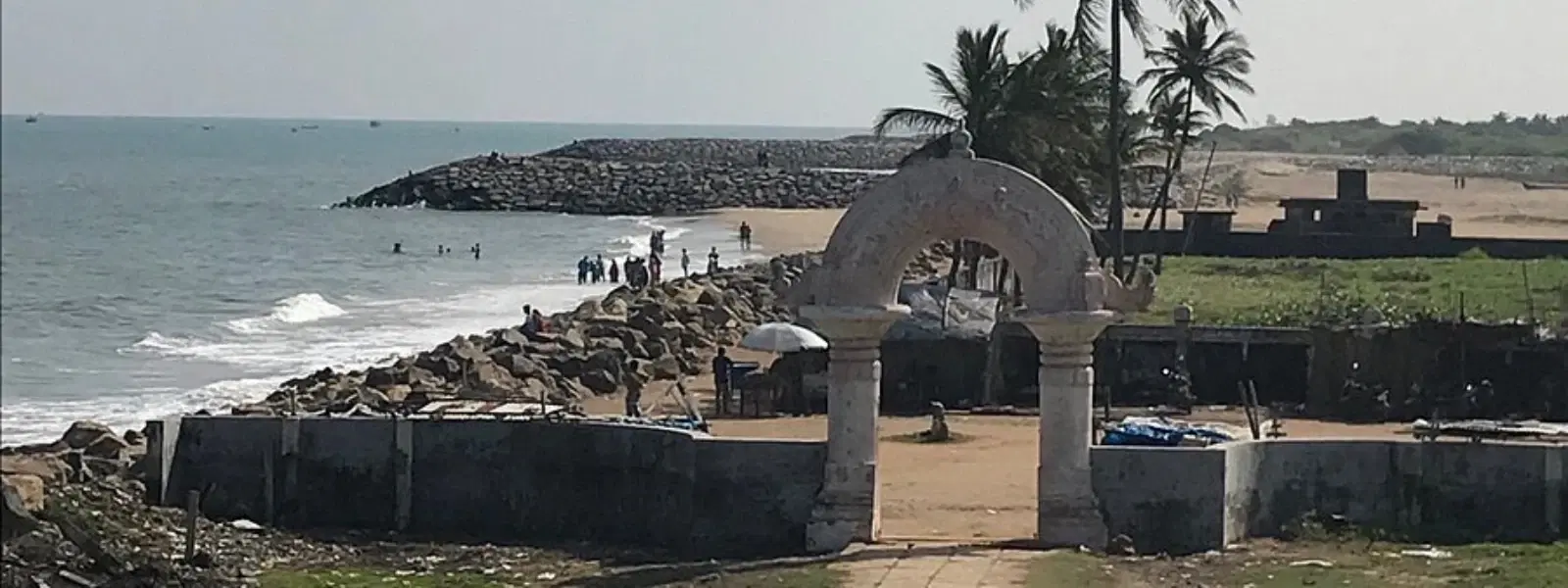
Hotels
•03 min read

The Mediterranean region is a treasure trove of stunning landscapes, ancient history, and vibrant cultures. Its mosaic of islands weaves together stories of civilizations and natural wonders, captivating travelers, geography enthusiasts, and trivia buffs alike. In this post, you will learn how to identify the largest island in the Mediterranean Sea, uncover fascinating facts about it, and explore its pivotal place in Mediterranean geography.
Nestled between Europe, Asia, and Africa, the Mediterranean Sea is more than just a body of water. It is a dynamic crossroads where diverse cultures, histories, and ecosystems converge. Scattered across these shimmering waters are islands that offer unique insights into the region's past and present. From ancient relics to stunning landscapes, Mediterranean islands are as much cultural icons as they are geographical landmarks.
The islands in the Mediterranean are as varied as the stories they tell. There are volcanic islands that boast dramatic craters and rugged terrains, continental islands that mirror the geology of mainland continents, and archipelagos that form natural chains of beauty and mystery. Well-known names like Sardinia, Cyprus, Majorca, and Sicily resonate with travelers and scholars alike, each offering a distinctive slice of Mediterranean heritage.
When it comes to size and significance, Sicily reigns supreme as the largest island in the Mediterranean Sea. Located at the cradle of ancient civilizations, Sicily is not only notable for its expansive landmass but also for its rich tapestry of cultural and natural treasures. Directly off the southern coast of Italy, Sicily stands as a vibrant testament to the allure of Mediterranean geography.
Sicily spans an impressive 25,711 km², making it the dominant Mediterranean landmass in terms of both physical size and historical impact, according to recent geographic surveys. By comparison, Sardinia and Cyprus, although magnificent in their own right, do not match the scale of Sicily. This sheer size contributes to the island’s diverse population centers and a variegated landscape that spans hills, plains, and coastal wonders.
Sicily is celebrated not only for its vast area but also for its admirable blend of natural and cultural riches. Home to Mount Etna, the highest active volcano in Europe, its dramatic landscapes are paired with landmarks that whisper tales of Greek, Roman, and Arab influences. Sicily’s size has played a significant role in shaping its economic vitality and ecological diversity, asserting its importance in the broader context of Mediterranean geography.

When exploring the islands of the Mediterranean, it is interesting to note how they compare in size. The ranking is as follows:
Sicily
Sardinia
Cyprus
Crete
Majorca
Each island in this glittering cluster has its own unique story. Sicily’s dramatic volcanoes and ancient ruins illustrate its powerful historical narrative, while Sardinia is famed for its rugged landscapes and rich cultural traditions. Cyprus stands as a beacon of myth and modernity, Crete showcases a deep dive into ancient Greek lore, and Majorca charms with its sunny coastlines. Together, these islands form a mosaic that defines the region's cultural and geographical essence.
Sicily’s position in the central Mediterranean has long made it a strategic hub for trade, travel, and geopolitical maneuvering. Its proximity to the European mainland, along with attractive natural harbors, has historically enabled commerce and cultural exchange between diverse peoples. For Indian travelers who appreciate destinations where tradition and innovation meet, Sicily offers an engaging narrative of connectivity and transformation.
One of the natural marvels of Sicily is Mount Etna, the tallest active volcano in Europe. Its fiery presence is a stark yet beautiful reminder of nature's dynamic power. The island also boasts diverse landscapes, from lush vineyards to rugged coastlines, creating a haven for biodiversity and ecological exploration.
Sicily’s past is steeped in history. Influences from the Greeks, Romans, and Arabs have left lasting imprints on its architecture, cuisine, and traditions. Key historical sites, such as the Valley of the Temples and the bustling streets of Palermo, offer visitors an immersive journey into ancient civilizations and modern life. This blend of history and vibrancy makes Sicily a centerpiece of Mediterranean heritage.

Did You Know? Sicily is not just the largest island in the Mediterranean; it’s also home to Mount Etna, one of the world’s most active volcanoes, making it a hotspot for both geographical and cultural exploration.
Sicily is the largest island in the Mediterranean Sea, with an area of 25,711 km².
The four largest Mediterranean islands are Sicily, Sardinia, Cyprus, and Crete.
No, Sardinia is the second-largest island in the Mediterranean. Sicily is the largest.
The Mediterranean Sea itself is the largest body of water in the region, connecting multiple countries and continents.
The five largest islands are Sicily, Sardinia, Cyprus, Crete, and Majorca.
In summary, Sicily stands out as the largest island in the Mediterranean, offering unmatched cultural heritage, striking natural wonders, and a strategic position that has shaped its history. Understanding the geography and significance of Mediterranean sea islands not only broadens our appreciation for these storied lands but also inspires a deeper exploration of the diverse landscapes and traditions that define this iconic region.